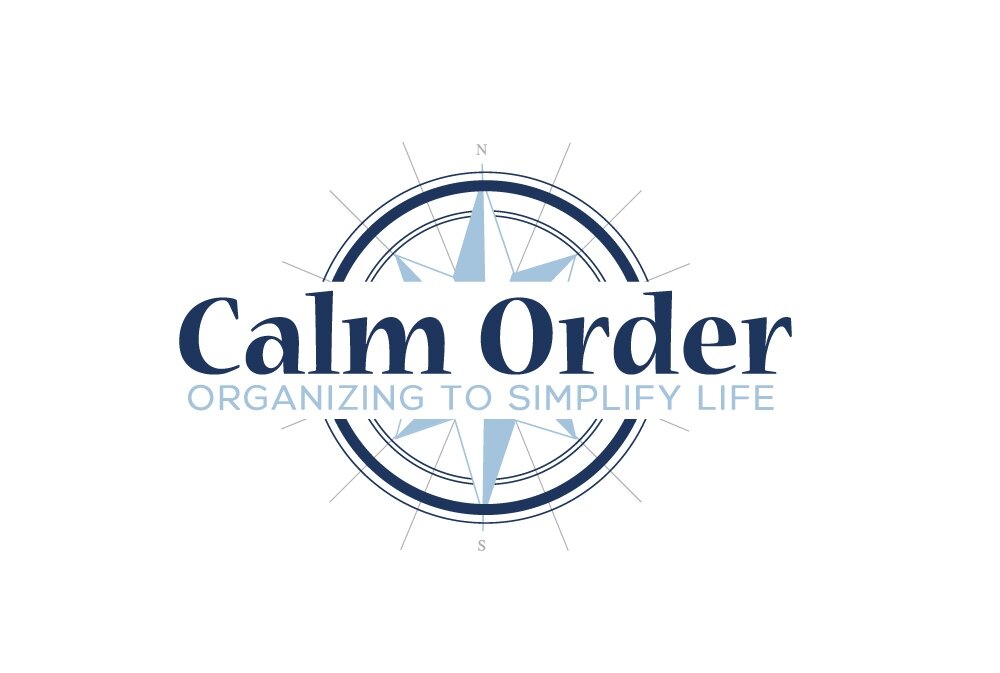It’s time to unpack to organize! We’re following a moving and unpacking story of one of our clients through its many stages. So far, we’ve made a plan, starting unpacking boxes and sorting items, purchased the right organizing products and implemented them, and most recently, looked at how our clients were able to use some of their previously owned items instead of purchasing new ones. Now it’s time to take the items we’ve sorted and place them in their new homes!
First, we discussed with the clients what their priority areas were in their new home. In this case, our clients identified their priority areas as the master bedroom, en-suite, and kitchen. At Calm Order, we like to work with our clients to figure out what areas are the most important to them in their new home. Organized unpacking can take time, and we want to make sure that the rooms you need are the first ones that are ready for you and your family to use when you move. The clients, who were moving from outside the city, were unable to assist us with the project so it was important for Calm Order to make sure that everything was set up in the right way for when the clients arrived.
During the initial planning phase, Calm Order was able to get a sense of how our clients used their home and space, so we could come up with a plan to know where to put what items. We were also in regular contact with the clients to determine what their ideas and thoughts were for their new home. As a result, we had a good idea of their needs and wants so we could set up their home for maximum function and flow that fit their lifestyle.
The kitchen, master bedroom, and en-suite were the priorities for our clients, so we made sure all their kitchen supplies were unpacked, sorted, and put in the appropriate place. We had dividers and tray inserts ready to put utensils into drawers. A few of the cupboards required organizing units to hold other dishes, spices, and small appliances, so we utilized those to make sure all the items fit nicely in their space. For the bedroom, we made sure all the furniture was set-up and placed in the most intuitive way. Calm Order also made sure that everything from knick-knacks to lamps and extra blankets were all unpacked in the bedroom based on the client’s specifications. We even made sure the bed was made up with fresh sheets! Lastly, we unpacked the client’s toiletries in their en-suite bathroom and included all the essential items like toilet paper, towels, soap, tooth brushes, and more.
The clients had packed an overnight box packed with all the essential items they would need, like chargers, important documents, change of clothes, and supplies for their morning coffee. This way, other areas of their home like the living room, laundry room and spare bedrooms did not need to be completed immediately – Calm Order could take the time to make sure the entire house was unpacked and organized properly. We want everyone to be able to live in their homes right away, in a space where everything has a place and no items or boxes are left unpacked – this case was no exception!
Our team isn’t done yet though – we always want to make sure that the job is done right, and sometimes that goes beyond the move-in date. Stay tuned for the final phase in our organizing journey.













